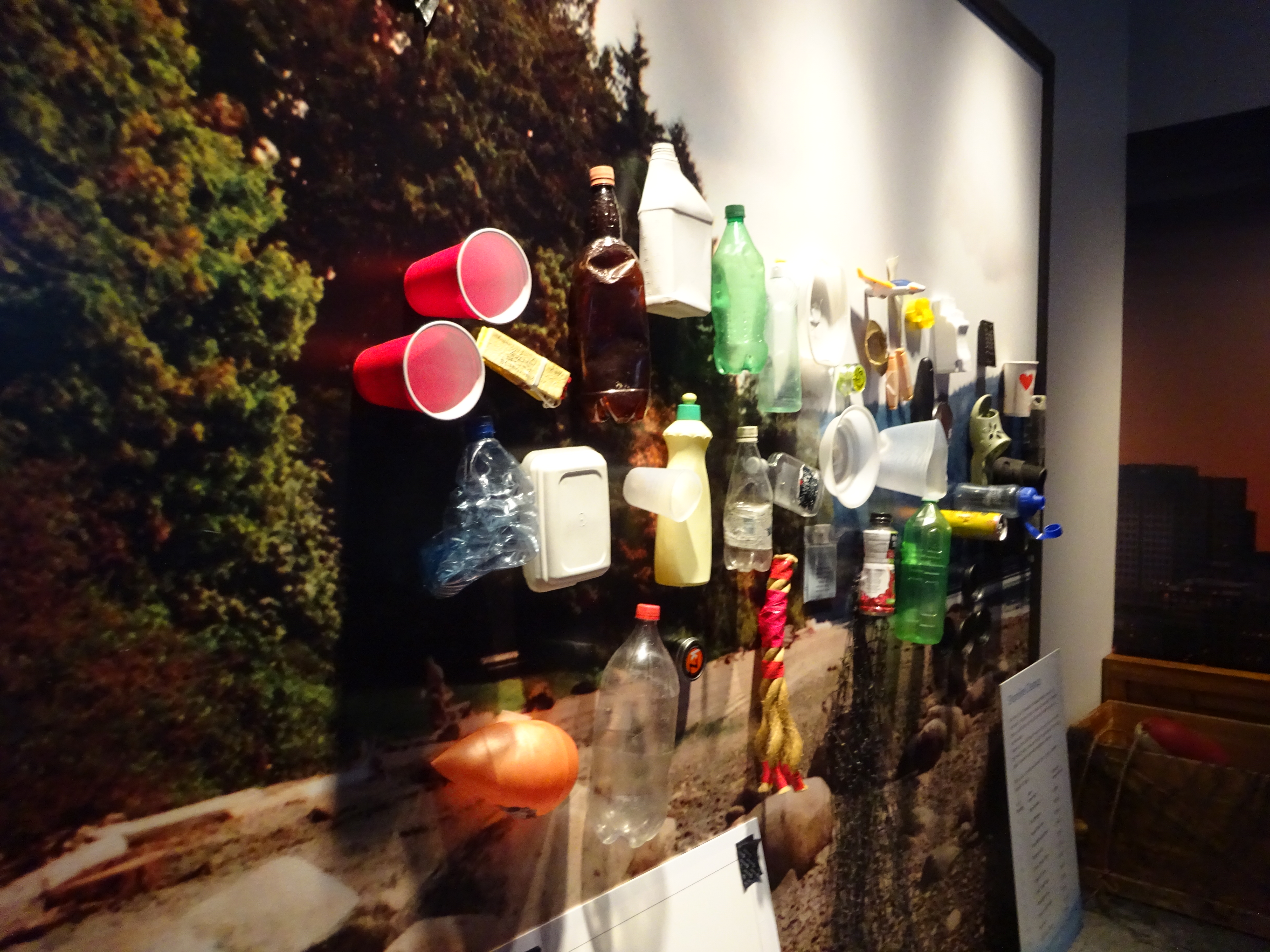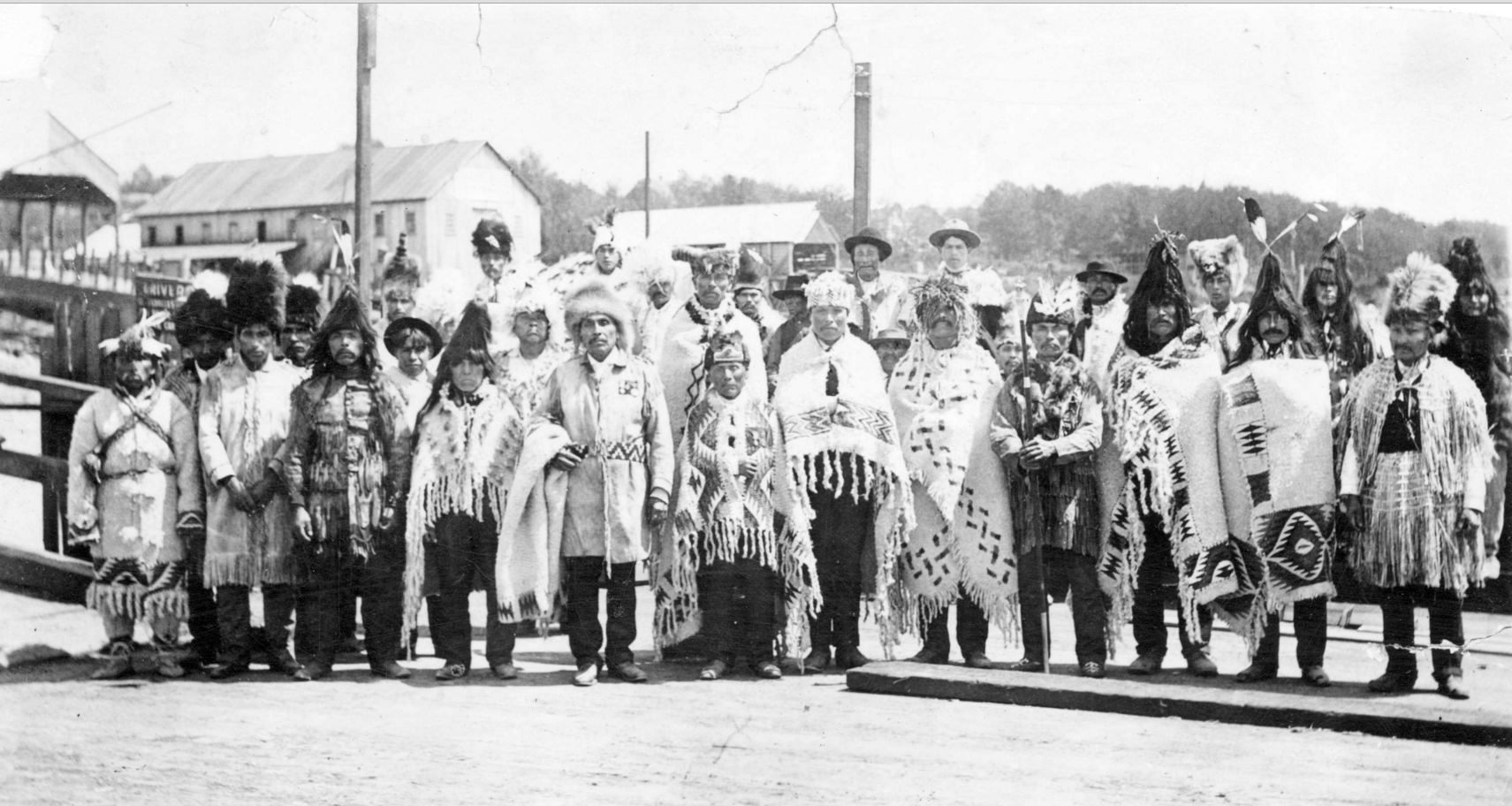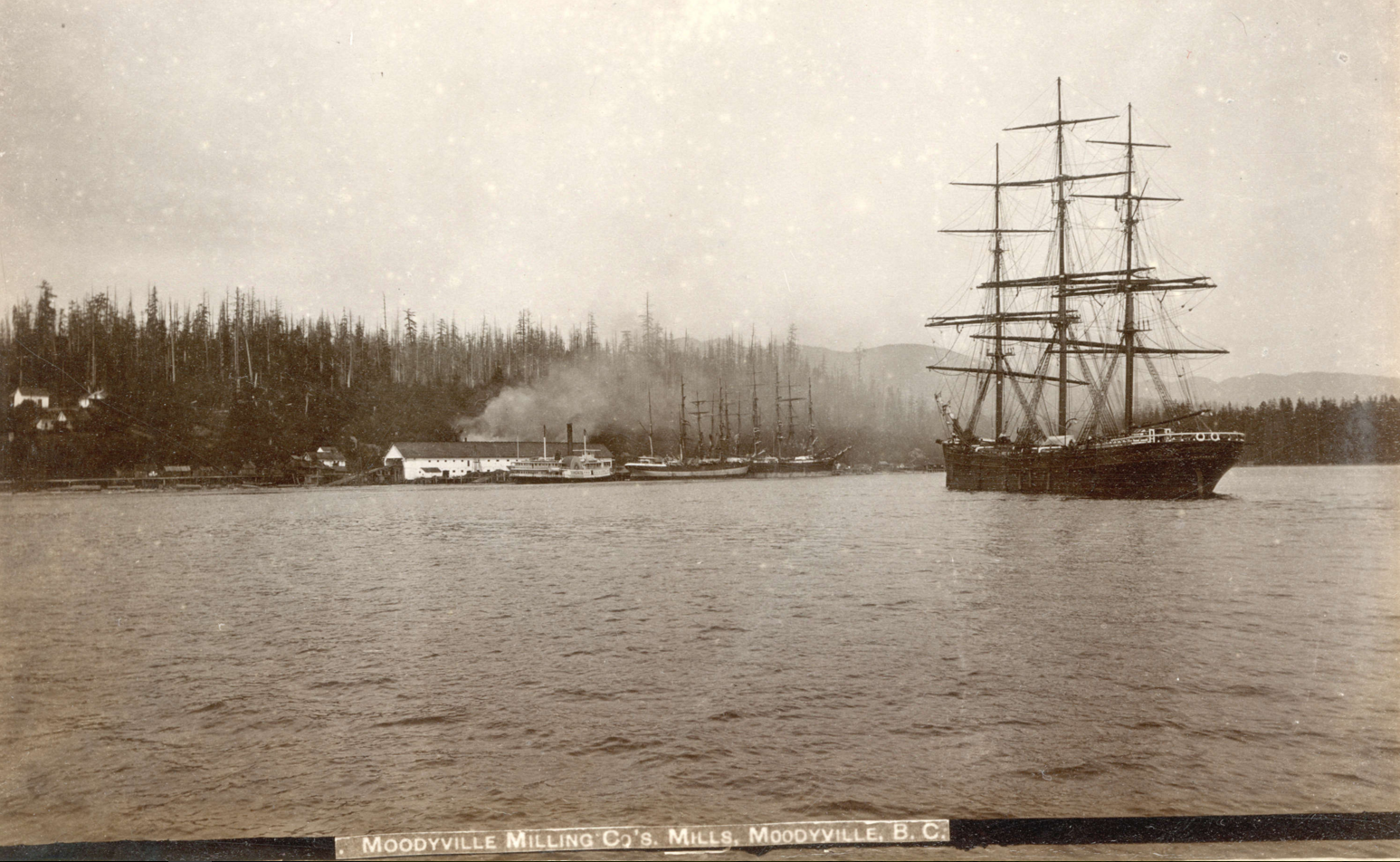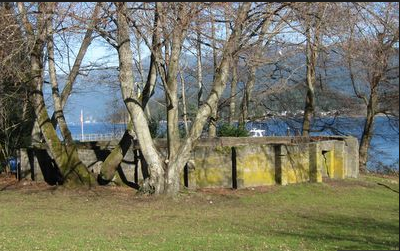Originally from Edmonton, Raymond Biesinger is a Montreal-based illustrator whose work regularly appears in the New Yorker, Le Monde and the Guardian. In his spare time, he likes to draw lost buildings.
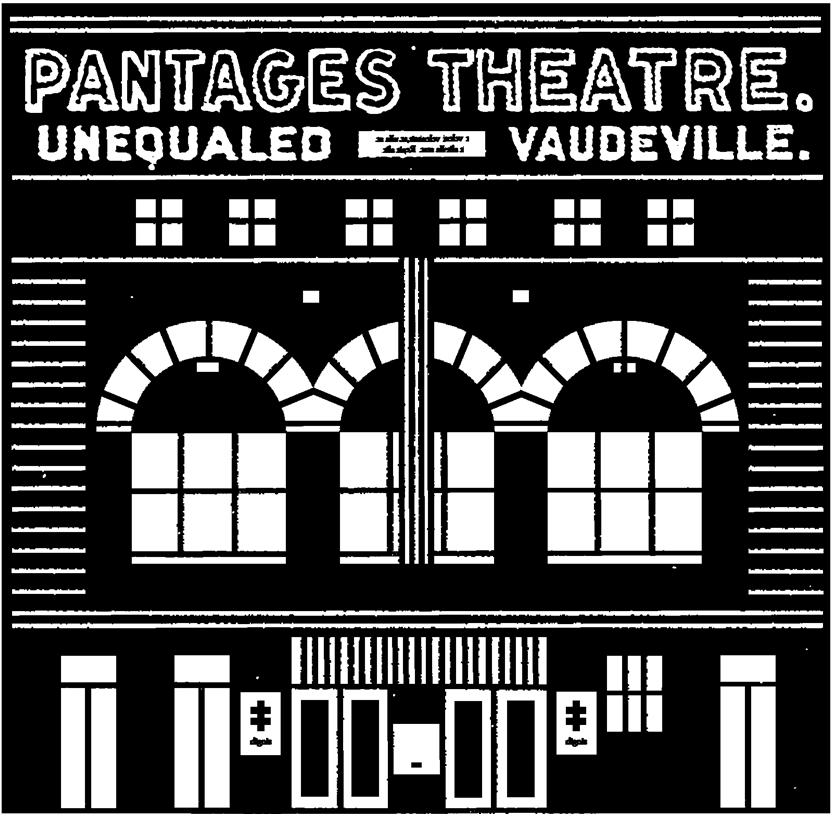
In his down-time, Biesinger is drawing his way through nine of Canada’s largest cities. He’s just finished Vancouver, the sixth city in his Lost Buildings series, and his print depicts 18 important heritage buildings that we’ve either bulldozed, burned down or neglected out of existence.
Biesinger uses geometric shapes to ‘build’ his building illustrations
Vancouver’s Lost Buildings:
The lost buildings include iconic ones such as the Georgia Medical-Dental building, the second Hotel Vancouver, and the Birks Building. It also includes the Stuart Building, the Orillia, Electric House, the Mandarin Garden and Little Mountain–described as “British Columbia’s first and most successful social housing project” (there’s a full list below).
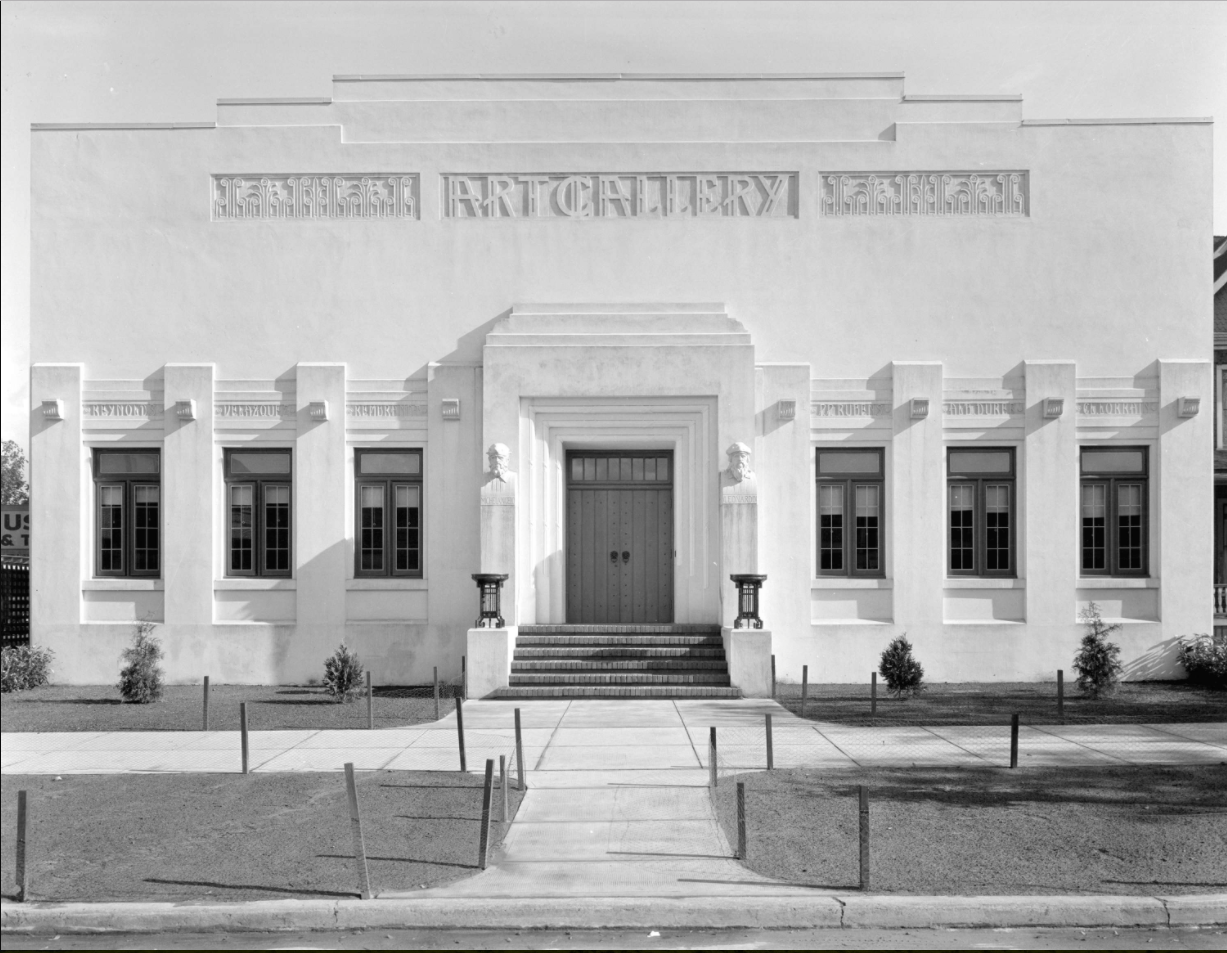
Biesinger spent loads of hours researching photos from different online archival sources, as well as local journalists and blogs such as mine.
The Short List:
Unfortunately, there is no shortage of amazing buildings missing from our landscape for Biesinger to choose from. Narrowing down his list was a challenge. He looked for buildings that were socially, architecturally or historically important.
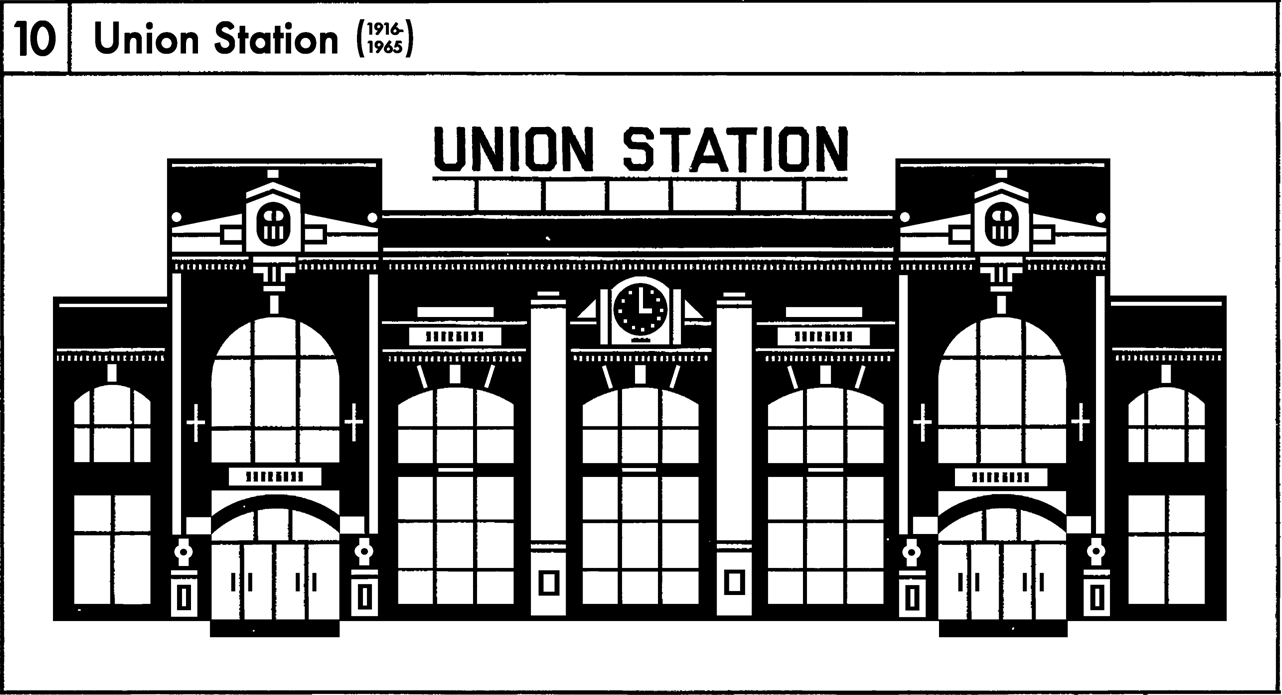
“I tried to get a selection of buildings that had a variety of social purposes—so residences, towers, commercial spaces, athletic spaces, transportation spaces, entertainment and that kind of thing,” he says. “At one point my Vancouver list had mostly theatres on it, because there were so many gorgeous old Vancouver theatres.”
Two of the biggest losses for Vancouver, in Biesinger’s opinion, was the Vancouver Art Gallery’s art deco building on West Georgia and the David Graham House in West Vancouver designed by Arthur Erickson in 1963.
West Coast Modern:
“It just blew my mind that this west coast modern house was demolished in 2007. Someone bought it for the lot and knocked it down so they could put up a McMansion,” he says. “The VAG building from 1931 is incredible. When I found that it was love at first sight. The supreme irony that it was knocked down and is currently a Trump Tower is insane.”
Biesinger has a degree in history from the University of Alberta, and between 2012 and 2016 was at work on a series that showed 10 different Canadian cities during specific points in their history—for example—Montreal at the opening of Expo ’67 and Vancouver during the opening of the Trans-Canada Highway in 1962.

“What really fascinated me was the buildings that weren’t standing any more, and that people were surprised that existed,” he says.
So how does Vancouver stack up against heritage losses in Montreal, Toronto, Ottawa, Edmonton and Calgary?
”The worse a city’s record for preserving old buildings, the more enthusiastic people are about these prints,” he said. “Vancouver has done a poor job. I think the economic currents running through Vancouver are just insane and not in favour of preserving the old.”
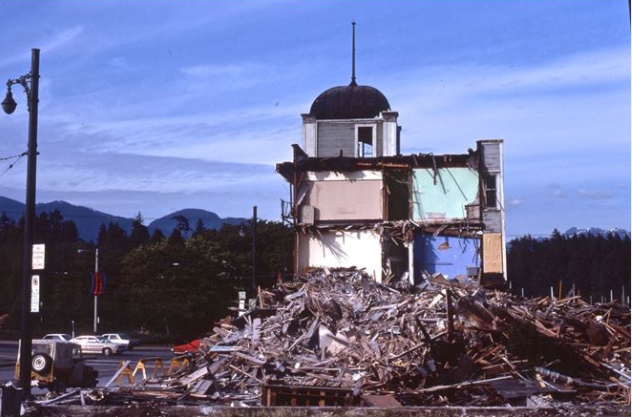
The 18 Lost Buildings:
1. Georgia Medical-Dental building (1928-1989)
2. Electric House (1922-2017)
3. The old Courthouse (1888-1912)
4. Little Mountain (1954-2009)
5. Birks Building (1913-1974)
6. Mandarin Garden (1918-1952)
7. The Stuart Building (1909-1982)
8. Vancouver Athletic Club (1906-1946)
9. Pantages Theatre (1907-2011)
10. Union Station (1916-1965)
11. The Orillia (1903-1985)
12. Market Hall (1890-1958)
13. Vancouver Opera House (1891-1969)
14. The second Hotel Vancouver (1916-1949)
15. Ridge Theatre (1950-2013)
16. the Vancouver Art Gallery (1931-1985)
17. Majestic Theatre (1918-1967)
18. David Graham House (1963-2007)
For more posts on Vancouver’s missing heritage: Our Missing Heritage
Biesinger’s Lost Building posters are $40 and you can order through his website: fifteen.ca
Related:
© All rights reserved. Unless otherwise indicated, all blog content copyright Eve Lazarus.


